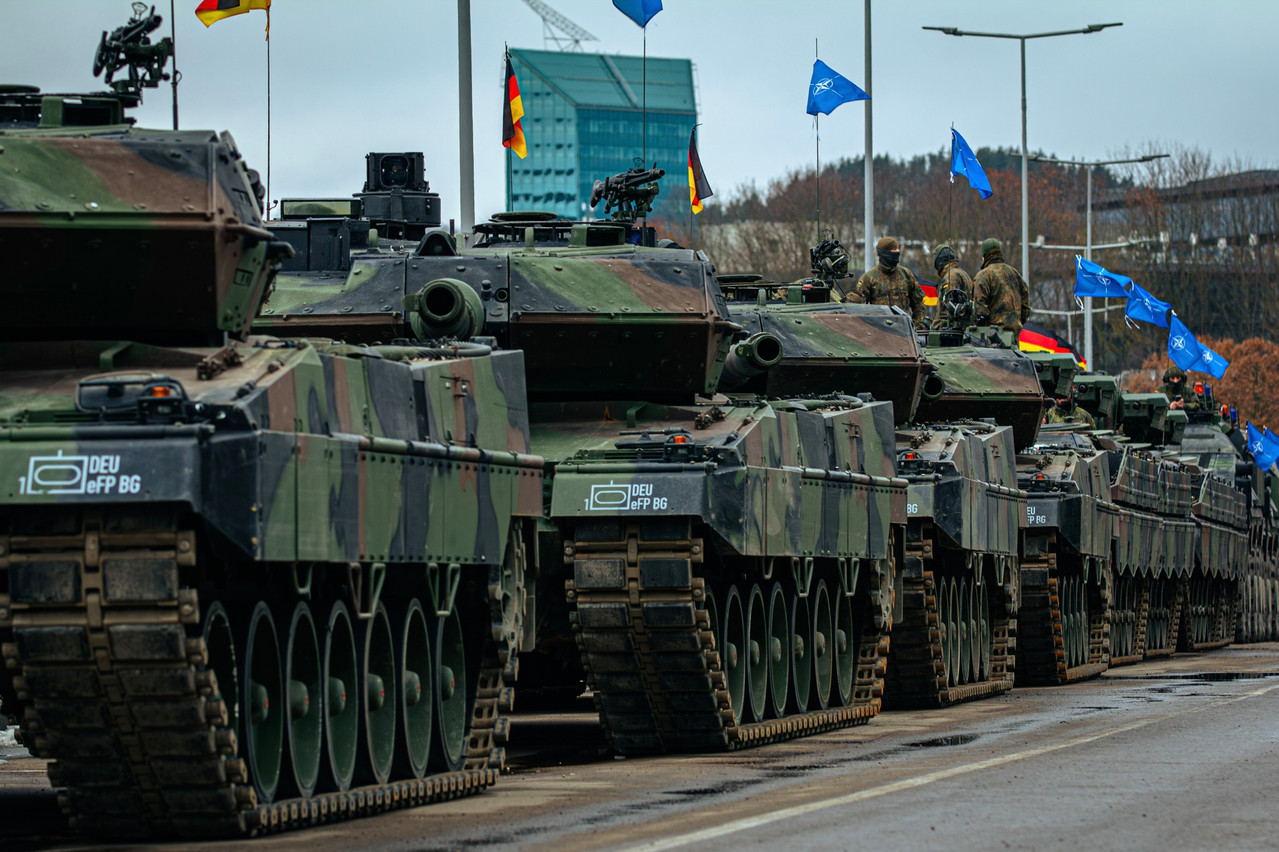The German economy, long a steadfast pillar of Europe, is currently navigating a defining moment of change, particularly in its export-oriented automobile sector. Germany is home to some of the world’s most renowned and iconic car brands, including Volkswagen, Mercedes-Benz, BMW, Audi and Porsche, to name a few. The industry is supported by a highly skilled labour force that has been the backbone of its industrial strength for decades. However, this dominance has started to erode as the European Union and many developed countries increasingly over traditional combustion engine cars, driven by the urgent need to combat climate change.
Germany initially took a traditional business approach, opting for collaborations, long-term alliances and factory setups outside its borders to keep manufacturing costs low. However, one crucial component of electric vehicles—batteries--remained largely in the hands of Chinese suppliers and other Asian players. This dependency has constrained Germany and its European peers from taking a more aggressive stance in the EV market.
Unexpectedly, the second term of United States president Trump introduced a , which, coupled with a slowing export market and macroeconomic uncertainties, upended many short- and medium-term plans for German companies. The manufacturing sector bore the brunt, with job cuts or implemented across the board. Germany even witnessed a .
Amidst this turmoil, however, a silver lining has emerged. The CDU/CSU and SPD coalition in Germany has agreed to launch a €500bn infrastructure program, with significant spending earmarked for defence. While much will depend on the exact size of the economic stimulus and the allocation of funds, employment in these sectors is expected to rise systematically.
Although not directly applicable to the situation in Germany, a US suggests that a 1% increase in government spending as a percentage of GDP could lead to an increase in total employment by up to 0.15%. However, it is crucial to note that increased spending on military and defence hardware may not necessarily boost Germany’s GDP. Germany based military-grade manufacturing in is typically not export-oriented, meaning it would not contribute to hard economic benefits from global sales, unlike the export of cars and utility vehicles. However, the rise in employment could lead to increased domestic consumption, providing a secondary economic boost.
Germany also benefits from a relatively large domestic defence industry compared to other European nations, which could help German businesses and factories scale up more quickly--provided there is government and European Union support, such as tax breaks and access to affordable energy. For example, Rheinmetall recently announced that it will repurpose two production plants--previously dedicated to car supplies--into manufacturing facilities for military hardware.
While this shift in labor might not directly benefit car manufacturers, it could ease resistance from powerful labor unions, especially if alternative employment opportunities and government support measures are in place. Assuming that supply chains and raw material access remain stable and are not disrupted by further geopolitical tensions, Germany appears poised to rebrand its manufacturing prowess.
In the long run, continued investment in research and development, private markets, and the next generation of skilled labor should continue to support the German economy, as regional expertise gains traction. With NATO guidelines pushing for defence spending of 2% of GDP, or possibly higher, this could prove to be a boon for this European powerhouse.
